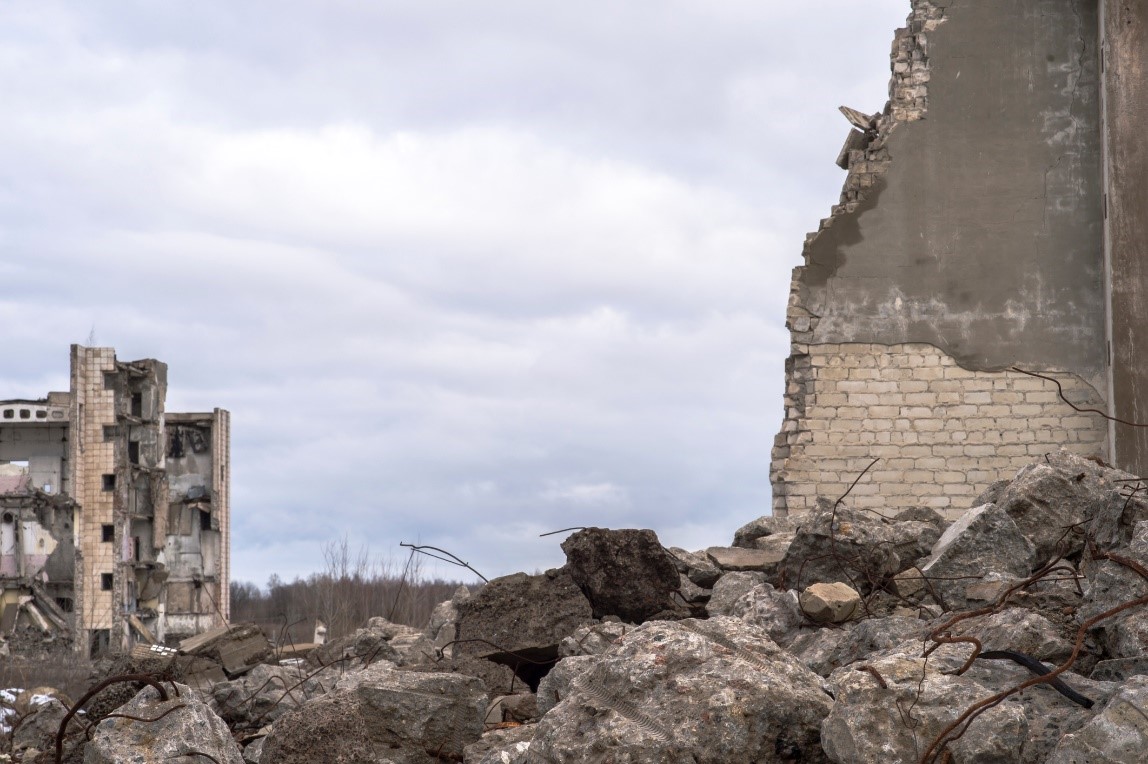June 23, 2020
DEP Milestone: It’s 1993,
Embracing Change in the Workplace and in Cleanup Laws
Who could have imagined, just six months ago, that working remotely would become the norm?
For most DEP employees, work meant traveling to the office five days a week and meetings in rooms filled with co-workers. But we’ve adapted as the world deals with a public health crisis – our workspaces carved out of living rooms, dining rooms and kitchens, and our meetings held virtually, with friendly faces peering at us from our computer screens via Microsoft Teams.

This ability to change with the needs of the times also was apparent 27 years ago when the Department of Environmental Protection and Energy, as it was then called, implemented the Alternative Workweek Plan. An excerpt from the 1993 annual report, titled “The Alternative Workweek at DEPE: Non-Traditional Work Schedules for a Changing World,” explained:
“With more than 700 staff members participating, nearly one in five DEPE employees is now working under the department’s Alternative Workweek Plan (AWP), the first alternative work schedule program in New Jersey state government. The program, which was developed with the cooperation of employee unions and went into effect in July 1993, was conceived to respond to the changing demographics in the workplace – including an increase in the number of working parents with children, dual-career couples and employees with aged dependents. … The alternative workweek also will make a significant contribution to meeting the requirements of the federal Clean Air Act reduce the number of single-occupancy automobile trips to the workplace.”
Embracing change also would be reflected in environmental cleanup laws.
And now, a look at 1993 …
The Industrial Site Recovery Act (ISRA) was signed into law on June 16, 1993, by then-Governor James Florio. The law significantly revised the Environmental Cleanup and Recovery Act (ECRA) of 1983, which required that polluted industrial and commercial sites be remediated before they were sold, transferred or closed, in keeping with the “polluter pays” principle.

ECRA was considered among the country’s strictest environmental cleanup laws at the time of its enactment, but, in practice, it was not without controversy. It was criticized for tangling real estate transactions in red tape, leading to unintended consequences – abandonment of contaminated sites, in some cases – and hindering both remediation and economic development of sites.
ISRA was designed to address these perceived ECRA flaws by streamlining the cleanup process; providing flexibility to permit alternate cleanup standards, depending on a property’s use; and distributing financial assistance, such as grants and loans, to conduct cleanups.
###